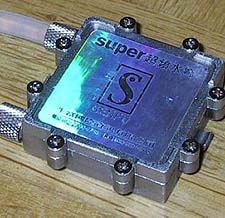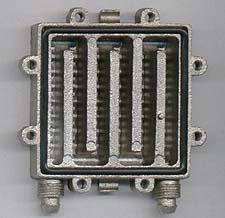Goutama heeft op het Silicon Investor message board een interessante analyse gemaakt over Intel's plannen met Coppermine en de nieuwe 0,18micron Celerons, die feitelijk gecastreerde Coppermines zijn met gesaboteerde L2 cache. Zijn verhaal loopt ongeveer als volgt: Om aan de vraag naar snelle PIII's te voldoen moet Intel veel Coppermines produceren, daardoor worden er veel processors geproduceerd die alleen geschikt zijn voor lagere kloksnelheden (ivm lage yields van hoger geklokte PIII's). Dit komt inmiddels tot uiting in de grote voorraden 533, 550 en 600MHz PIII's die bij distributeurs Micro X-Press en Insight worden opgebouwd. Het overschot aan lager geklokte PIII's kan Intel wegwerken door deze processors voor lage prijzen onder de Celeron merknaam te verkopen. Tevens kan de totale produktie (en daarmee het aantal hoger geklokte PIII's) omhoog omdat de PIII en Celeron op dezelfde produktielijnen geproduceerd kunnen worden:
Saracasm or not, I give Intel a lot of credit for the tacticl moves it made of late. Something is better than I personally think this is a side benefit of the segmentation scam (er, I mean scheme). I think this is how it works: Cut down Celeron production, move production to CuMineViola! Reduces costs, increases high-end units. Keeps them in the game at higher end a little longer. Makes lower-end more competitive against AMD and turns up the heat a notch.
- Increases short-term ASPs
- Increases CuMine units and the units at high MHz
- Sell the lower MHz parts in to supply-constrained environment. Once the supply/demand comes in to balance, take the lower MHz bin-splits parts kill half the cache and sell'em as Celerons. (also recovers some parts failing from cache-related yield losses)
Within the limitation of the CuMine core, this is SMART strategy - don't you think?
This is what exactly happening now. In order to meet the demand at high MHz, Intel is ending up with tons of lower MHz cumines (as many of us on this thread predicted) due to binsplit problems- far exceeding the demand. Only way to salvage this situation while maintaining the PIII prices at the low end is to sell the same parts under Celeron brand name with half the catch disabled. But I believe, release of spitfire will annihilate the pricing differences between Celeron and PIII low speed cpus that Intel is trying to maintain - that is, the segmentation of Celerons and PIIIs at low speed may come to an end pretty soon. Based on the data I have been collecting, Intel seems to be having bin splits of 5 to 10X more at lower speeds(550MHz & 600MHz) than at high end.
This is what I have noticed by monitoring Microexpress and Insight online data -
Here is the data from the two dealers for the past few days.
- Their stocks of low MHz cumines have exploded in the recent weeks.
- Their stocks of Athlons have dwindled to very few parts after the Feb price cuts. This indicates to me that Athlons are presently capacity constrained.
De voorraden van Micro X-Press en Insight suggereren dat de Athlon momenteel moeilijker leverbaar is. Check de SI post voor details.


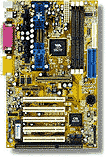 Recently, there is a craze on overclocking athlons. I gave it a try and I was able to run the Athlon 550 at an amazing
632.5Mhz (115x5.5) just by changing the FSB. You wouldn't be able to do that on an ASUS K7M although it has
1Mhz Stepping for FSB.
Recently, there is a craze on overclocking athlons. I gave it a try and I was able to run the Athlon 550 at an amazing
632.5Mhz (115x5.5) just by changing the FSB. You wouldn't be able to do that on an ASUS K7M although it has
1Mhz Stepping for FSB.

 After a quick look at this board you'll notice that it is equipped with 1 AGP, 3PCI, 1 AMR
slot, and 3 168-Pin DIMM sockets. Having an AMR slot on an MicroATX board like this
makes sense as most people who'd use this board would want to save as many PCI slots
as possible for other cards. For those who aren't sure what an AMR is, it's a new slot that
many OEMs are utilizing as it combines both the Modem and audio onto a single PCB.
After a quick look at this board you'll notice that it is equipped with 1 AGP, 3PCI, 1 AMR
slot, and 3 168-Pin DIMM sockets. Having an AMR slot on an MicroATX board like this
makes sense as most people who'd use this board would want to save as many PCI slots
as possible for other cards. For those who aren't sure what an AMR is, it's a new slot that
many OEMs are utilizing as it combines both the Modem and audio onto a single PCB.

/i/1375171597.png?f=fpa)
/i/1324136376.png?f=fpa)
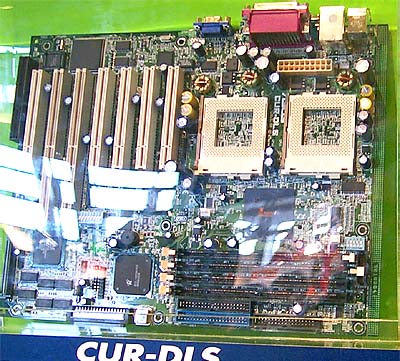
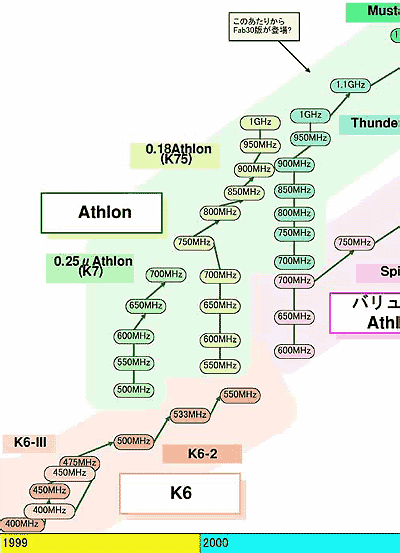
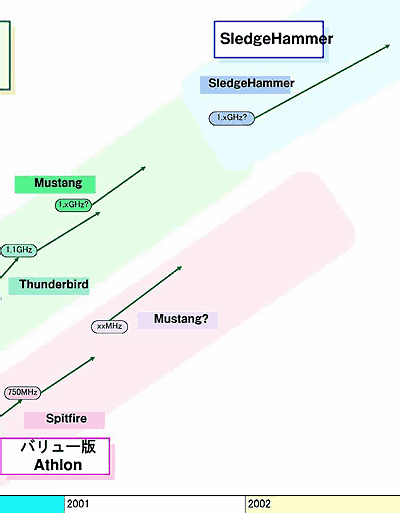



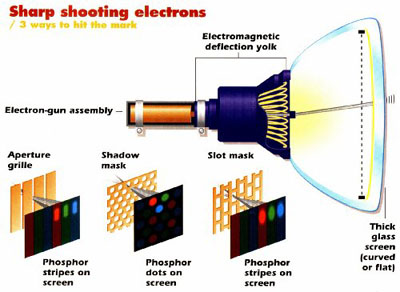
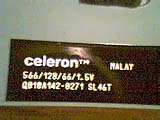 Next week, Intel will unveil two new Celeron processors for inexpensive computers running at
566-MHz and 600-MHz, according to sources. The company will then follow up in late April with two
more Celerons running at 633-MHz and 667-MHz. A 700-MHz Celeron, which in February was
slated for the second half of the year, may also come out toward the end of the second quarter.
Next week, Intel will unveil two new Celeron processors for inexpensive computers running at
566-MHz and 600-MHz, according to sources. The company will then follow up in late April with two
more Celerons running at 633-MHz and 667-MHz. A 700-MHz Celeron, which in February was
slated for the second half of the year, may also come out toward the end of the second quarter.
